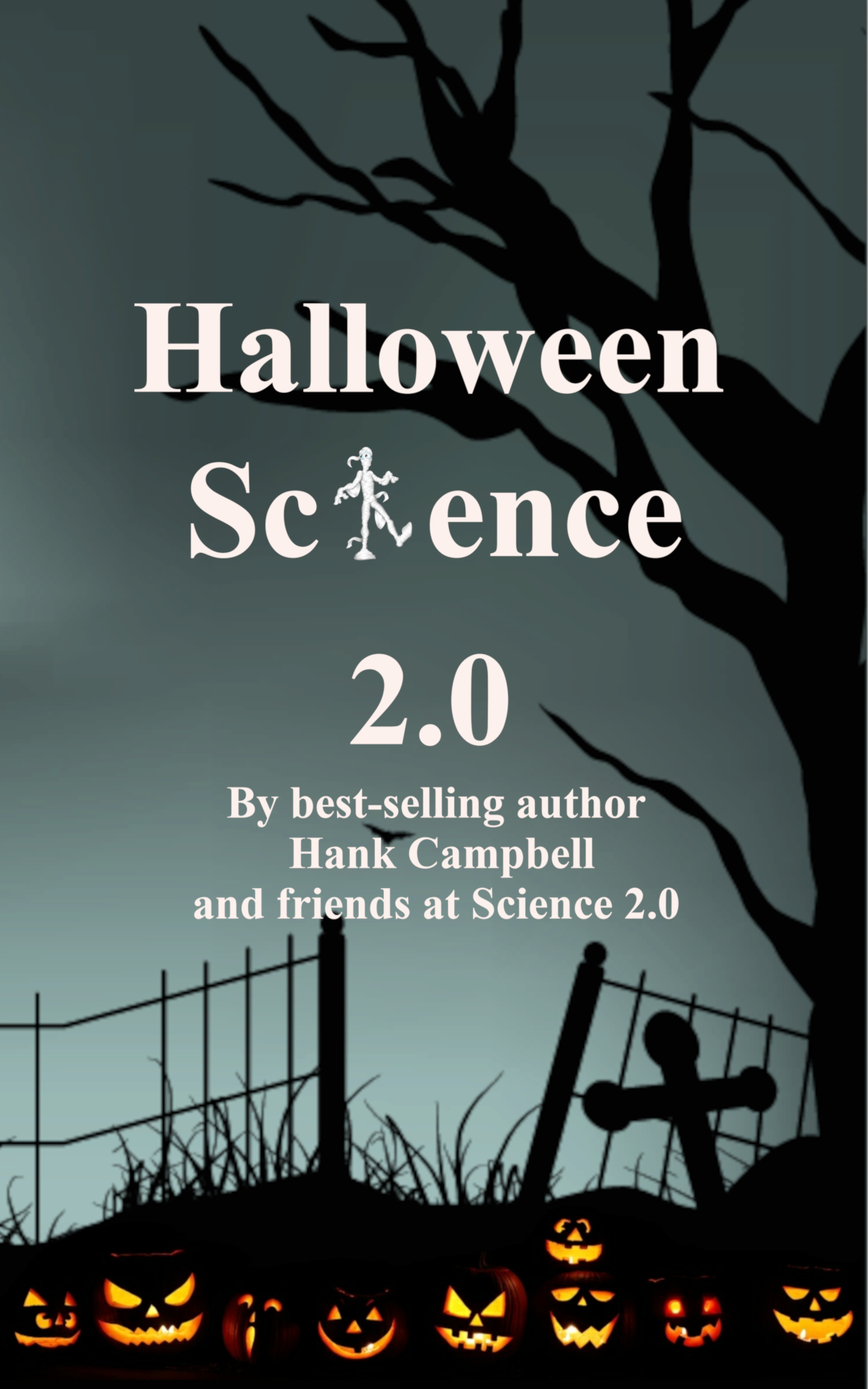What was the line between being a Buccaneer and a Pirate?
It was fuzzy, but it mostly seemed to involve having a royal charter from some seafaring nation or other, and an agreement not to sack their ships - everyone else was fair game.
But just like modern online video technology was spurred by porn and our efforts to improve online privacy have been spurred by the Obama administration, in order to stay one step ahead of a well-armed navy, swashbucklers had to use the latest advances.
And they did. From current, wind, and reef patch information to new species size, coloration, behavioral patterns, and most importantly, edibility, pirates did a lot
Alex Warneke at DeepSeaNews gives us some insight into a truly prominent gangsta of natural history: William Dampier. He was the first to coin the terms Sea Lion, sub-species, avocado and his is the first documentation of the effects of marijuana.



Comments